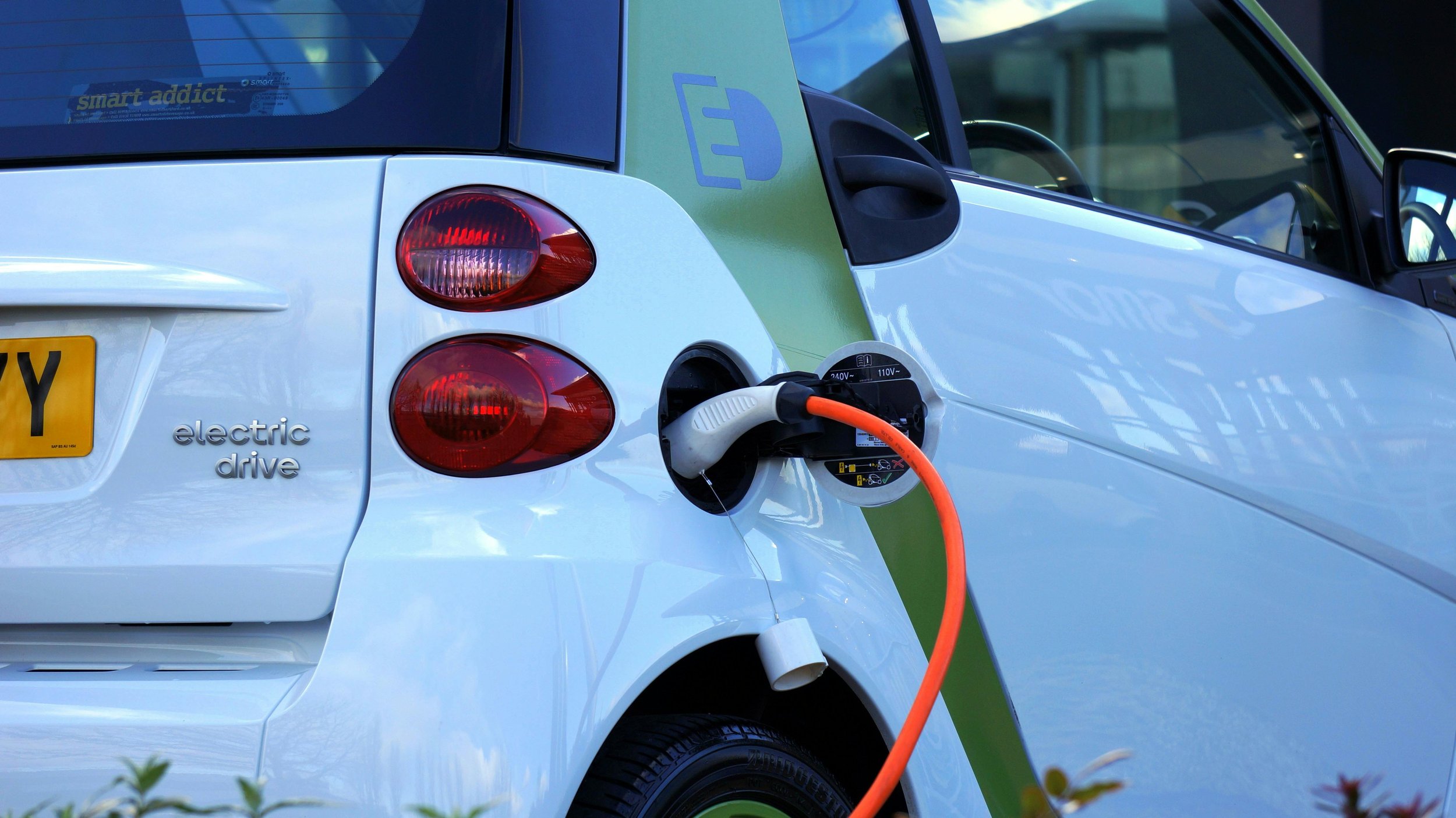A Bumpy Road for Electric Vehicles
This story first appeared in South Bend John Adams’ ‘The Tower,’ on April 19, 2024. Jacob Gosz is a senior at John Adams High School.
High interest rates and low gasoline prices over the past year have contributed greatly to the slower demand for electric vehicles. On March 20, The Environmental Protection Agency announced the strongest-ever pollution standards update, affecting cars manufactured starting in 2027 and saving an estimated $100 billion in annual net benefits to society.
These new changes in government action in conjunction with the fluctuating stability of the electric vehicle market presents an uncertain future for the pivot toward electric-powered cars and the automotive industry as a whole.
In 2023, Tesla production grew 35% and had an 18.79% increase in revenue growth, which shows the sheer dominance it has within the rapidly growing electric vehicle marketplace. Tesla’s Model Y SUV was the best selling car in 2023 and documents the major shift in market demand for electric vehicles that has historically remained low for years. Tesla announced April 12 that through a company memo, they plan on disbanding 10% of their global workforce, accounting for nearly 14,000 jobs.
Photo by Mike Birdy, courtesy of Pexels.
The biggest issue for introducing an electric vehicle into a market dominated by gas-powered cars is the high cost of production caused by batteries. Ford CEO Jim Farley stated in his 2023 quarter four press conference that, “all of our EV teams are ruthlessly focused on cost and efficiency in our EV products because the ultimate competition is going to be the affordable Tesla and the Chinese [automakers].” Ford lost $4.7 billion dollars building their electric vehicles in 2023 and has continued working toward making cheaper cars to shift customer interest in their favor.
Chinese electric car companies create trouble for car companies in the United States due to the government subsidies, which makes Chinese cars more affordable to produce and sell. Ohio Senator Sherrod Brown urged President Biden to impose tariffs on Chinese electric cars and wrote that, “Chinese electric vehicles are an existential threat to the American auto industry.”
Electric car production and demand has grown immensely over the past three years. Electric cars save money on fuel, while also offering tax incentives through the Internal Revenue Service. Using an electric vehicle reduces greenhouse gas emissions. Yet while there are benefits to electric cars, they currently do not have enough traction to dramatically change consumer demand. A limited mileage per charge and large upfront cost have scared away prospective customers looking towards switching to electric.
With necessary improvements, electric vehicles have the potential to lead the automotive industry in 20 years. Improvements to production cost and charging capabilities will elevate electric cars above those that are gas-powered.
The future looks bright for the electric vehicle industry, and the slower demand for electric cars over the last few months does not represent the massive growth that the industry will have going forward as consumer demand shifts towards a more sustainable business model.




